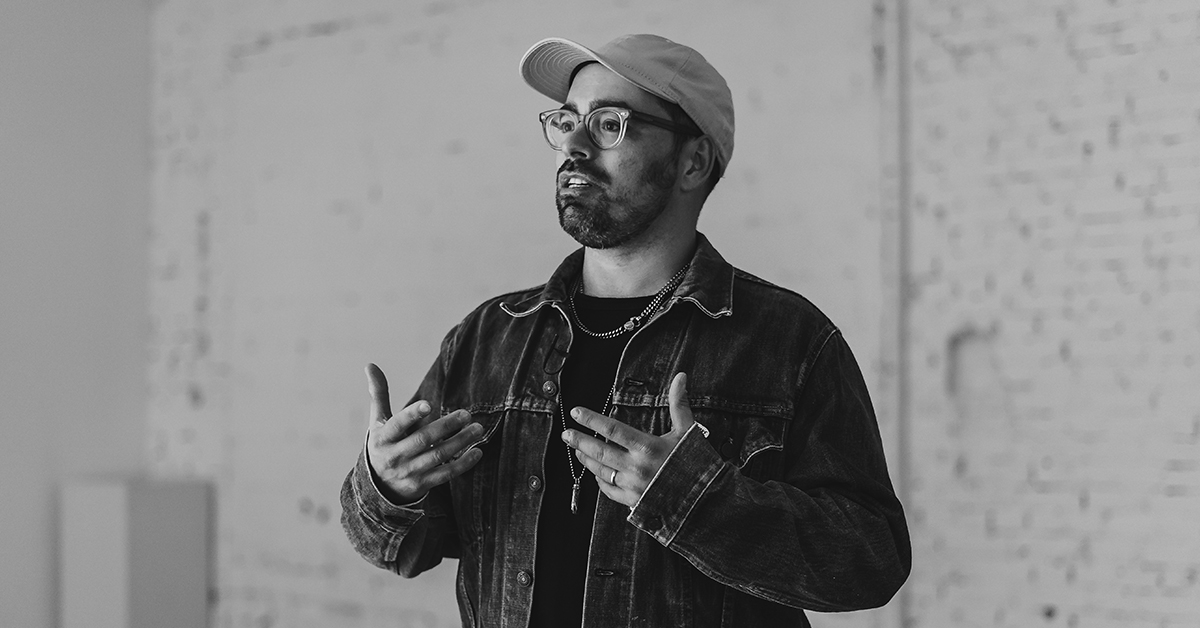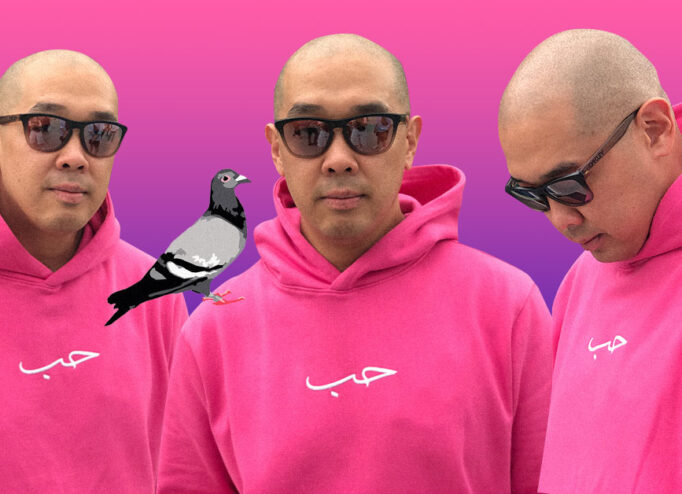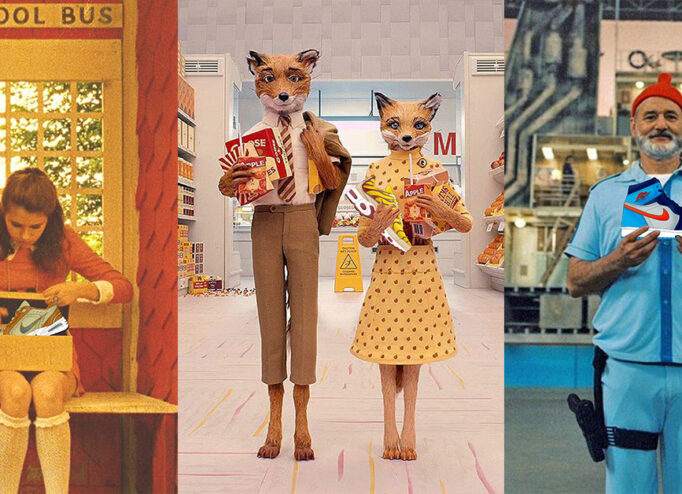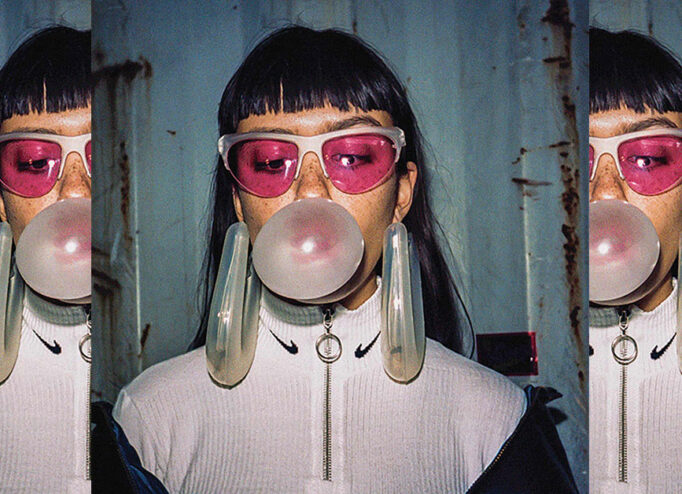Twelve years ago, Jeff Carvalho left his job and joined David Fisher to launch online media about an ‘odd thing called streetwear’. From that time on, Highsnobiety transformed from a blog into one of the most influential and large street fashion media, launched several side projects, and even opened an online store in exclusive partnership with Prada. As times change, streetwear is merging with luxury fashion, while today’s consumers are willing to invest thousands of dollars into sneakers from adidas and Nike.
At DFT Conference in Kyiv, Jeff told about Highsnobiety’s latest survey and how the modern fashion industry has been transforming, while we’ve picked and translated key messages from his speech
— What we’ve been observing for the last 4–5 years is the merging of luxury fashion with streetwear. The best proof is the collaboration between Supreme and Louis Vuitton. When researching the phenomenon at Highsnobiety, we realized that those two worlds could co-exist, although nobody had believed it before—even at Louis Vuitton. Especially when Supreme faked collaboration with LV 15 years ago.
— Even as recently as 15 years ago, people talked little about street fashion. I’ve been with Highsnobiety for 12 years, but when I just started I was 30, and all my friends wondered why I left my job for some odd thing called streetwear.
— Luxury brands understand that they have new buyers today — Millenials and Generation Z. The key point isn’t about age, as it’s more about the way we think. We’ve asked ourselves the following question: why Undercover and sacai are releasing sneaker collaborations? Why Ralph Lauren, one of the pillars of American fashion, is launching its collaboration with London-based skate brand Palace? All of that is the Millenials’ thinking that we call the new luxury.
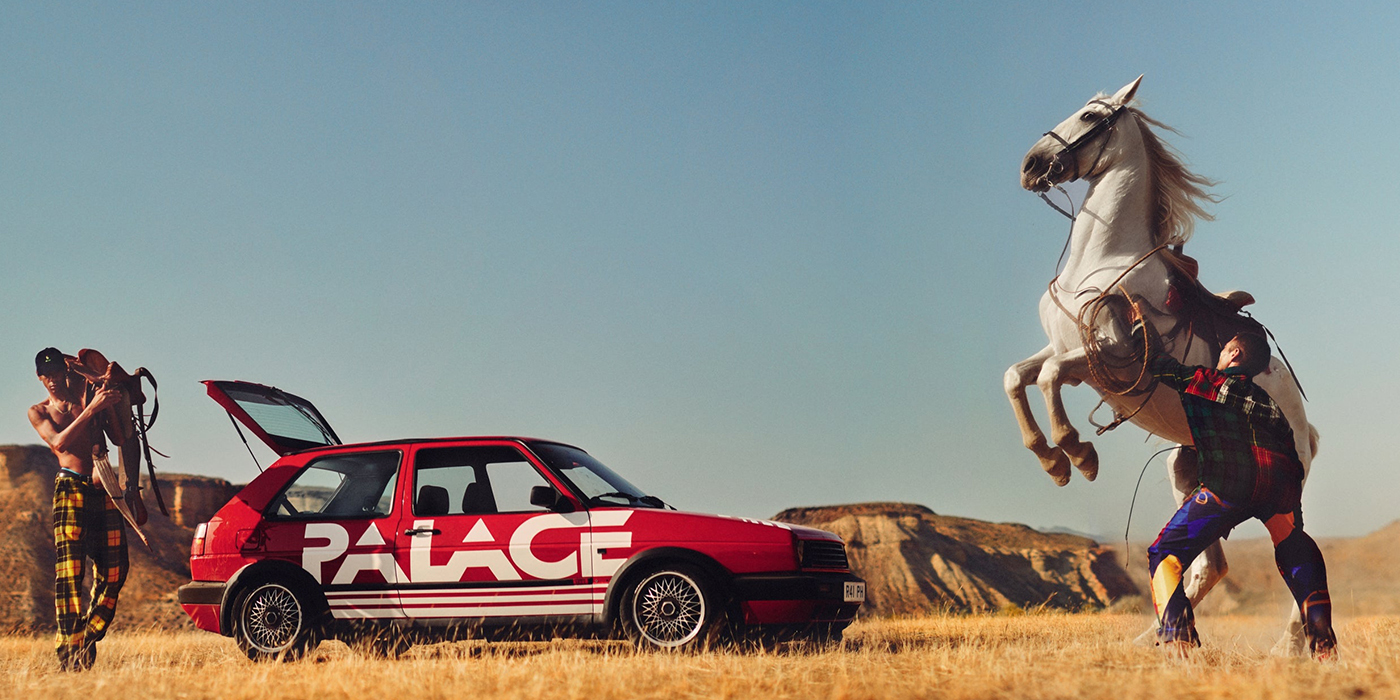
— The Millenials’ mindset is the idea about what unites all of us. I can be a 14-year old teenager from the U.S. or a 20-year old guy from Japan or a 25-year old chap from Ukraine—and we all can fancy the same things. We should partly thank social media for that. For example, the looks of Fashion Week’s guests in New York and London could differ, but social media and fast delivery services make us open to the rest of the world.
— Cultural currency is the knowledge that shapes the product perception and brings it beyond the familiar notion of price and quality. This ‘currency’ has been created, defined, and conveyed to those who buy luxury clothes and the communities they belong to. In simple words, the price and quality no longer drive people when they choose what to buy. Cultural currency explains to us how the product has outstepped the frames of price and quality. The paradigm evolves from exclusivity to inclusivity, while the one-time eliteness becomes more democratic. It’s a sure thing that the price is still the overriding factor, but now the price is more about what you buy instead of just spending your cash.
— Fifteen years ago, street fashion was only starting up, but guys with Stüssy T-shirts on or chaps with Supreme T-shirts on understood each other perfectly—it was how the understanding appeared. Two-thirds of our readers believe that clothing is the indicator of an individual’s cultural awareness. Let’s say you’re wearing a sweater from Maison Margiela—there are always four stitches on the tag from outside. It’s not obvious to ordinary people, but those who know Maison Margiela will definitely notice that. That’s why the brands you follow, the music you listen to, and the magazines you read are part of cultural currency. And it makes people understand who you are.
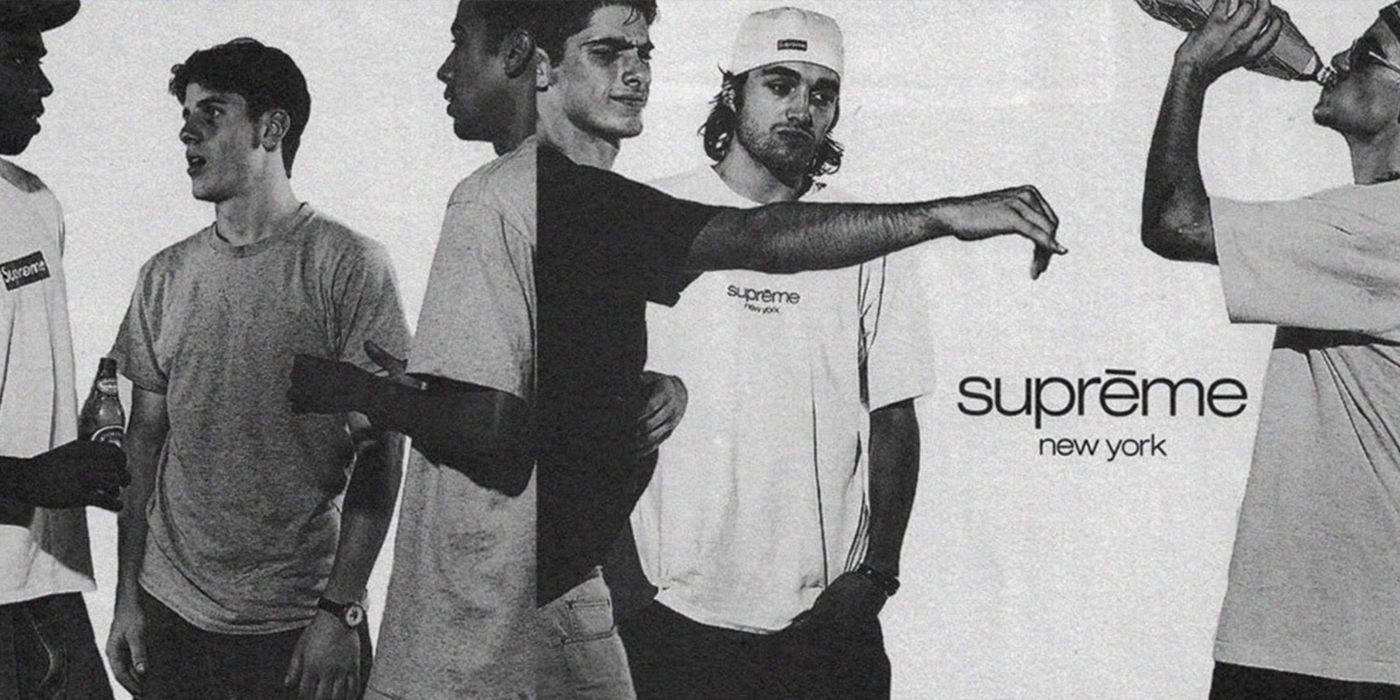
— In 2025, Millenials and Generation Z will bring the luxury market about 500 billion dollars. The market isn’t shrinking—it’s just changing. In 2017, those generations made sure the luxury segment grew by 85%, while by 2020, half of luxury brand customers worldwide will have been people under 30 years. The market that’s still ignoring the labels—like ‘sneakerheads’ or ‘hypebeasts’—will be guided by these buyers rather than brands or marketers.
— Generation Z is more responsible buyers. Once we shot an unboxing video and removed five layers of plastic from the box to unpack our sneakers. It was quite shocking for our readers, so they started writing and asking, ‘What’s going on? How can that happen?’ We realized that buyers do care and it’s not just some troll fussing on the Internet. Generation Z is super aware of such things. It changed our attitude to how the brands pack their commodities. Today’s buyers care about what they represent.
— During The New Luxury survey, we found out that 80% of Highsnobiety followers spend over 500 dollars a year on at least one piece of clothing from the luxury segment. And when we asked what exactly they buy, 90% said, ‘Sneakers’. But no brand—Nike, adidas, or Puma—sells sneakers at such price. So, we’re talking about the grey reseller market.
Of the top 5 luxury brands, the most recognizable top three are Gucci, Balenciaga, and Nike. It means that buyers put Nike on the same level as Balenciaga and Gucci because they spent on the brand’s product over 500 dollars in the aftermarket. When a customer is willing to spend 500 dollars on new Nike × sacai sneakers (at a retail price of 180 dollars. — Note of DTF Magazine)—we call it the new luxury.
Most readers answered that they bought such pieces of clothing to ‘share values’ with the community of like-minded people. But also, we shouldn‘t forget about the obvious ‘flex’ that’s still an important factor among young people. At the same time, the notion of ‘flex’ is eventually changing too. 63% of respondents agreed that the definition of ‘luxury’ was different from what it had been five years ago.
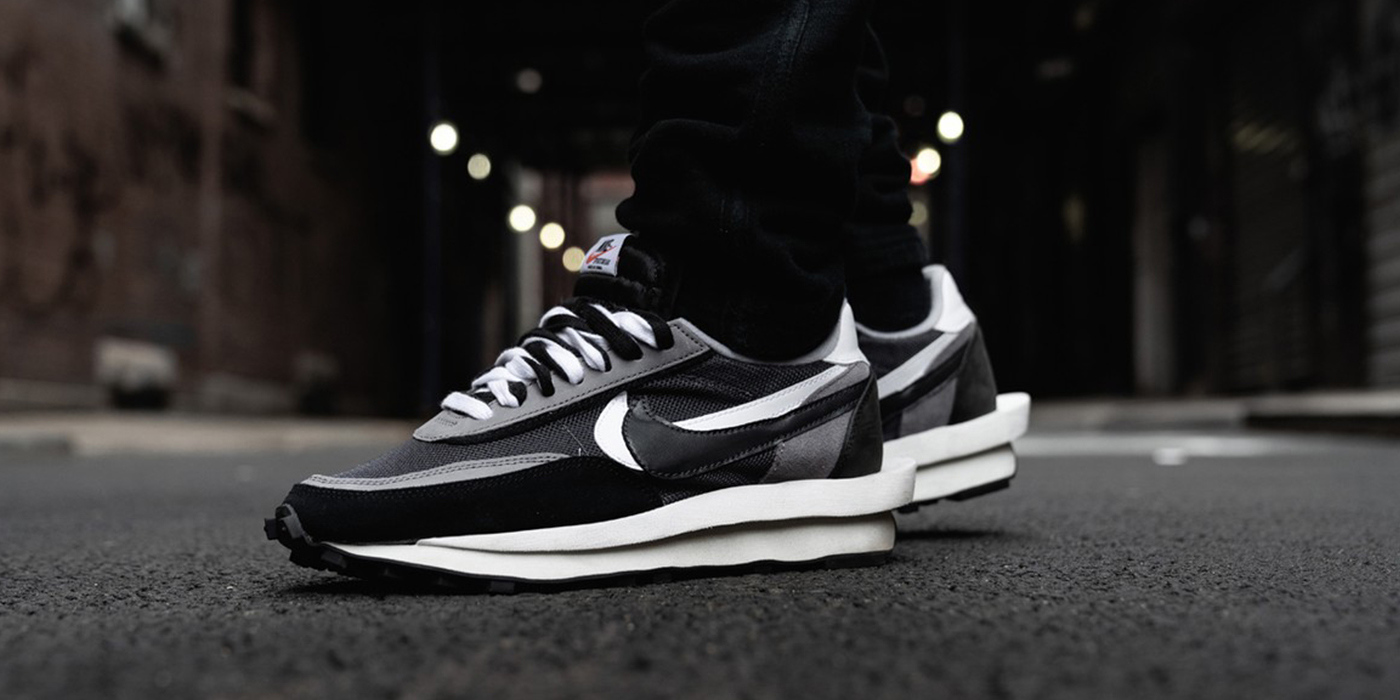
— Virgil Abloh, regardless of what you think of him, isn’t just a designer—he’s a communicator. He managed to present his work to people like nobody else could do. Usually, it takes 90 days from a teaser to a release: you announce something and then you release it. But Virgil showed The Ten (a first sneakers collaboration between Nike × Off-White. — Note of DTF Magazine) in December 2016. I wouldn’t call it a leak: he just showed how they were working on the design. And nobody could even think that the sneakers will get to store shelves as late as November 2017—it’s quite a long time window. If it were about other brands, everyone would have forgotten all about it over such a long time. But Virgil kept followers in the loop. And everybody wanted The Ten by the release time.
— Let’s be honest, The Ten collection saved Nike. In 2017, adidas was destroying Nike. In 2015, they signed Kanye and presented Ultraboost sole from NMD, Yeezy line. But Nike had nothing. Virgil is an amazing communicator. He understands how to unveil things to people and keep the intrigue.
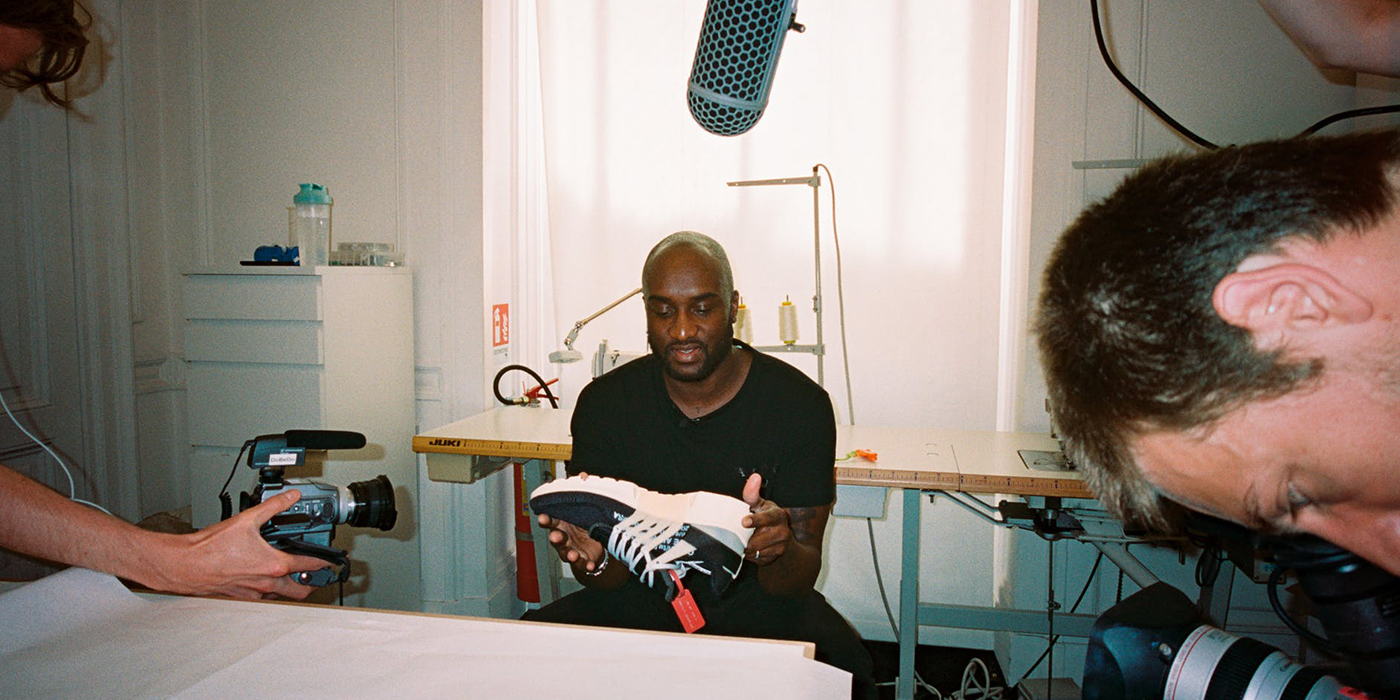
— Virgil for Louis Vuitton, Alessandro Michele for Gucci, and designers like them—they come from where we are. Thanks to them, the brands understand that we are—rather than our parents or grandparents—their new customers. And they adapt to us. The new luxury is about the way you think, present yourself, and are honest with the customer. And if you—as a brand—fuck up, your customers will be the first to tell you that.
Jeff Carvalho is a co-founder and managing director of Highsnobiety. Jeff joined the media founder David Fisher in 2007, and since then, they transformed a blog about street fashion and culture into a magazine with a million followers, side projects, and an online store in exclusive partnership with Prada.
Read our exclusive interview with Jeff here.
Следите за DTF Magazine в Facebook, Instagram, Twitter и Telegram
